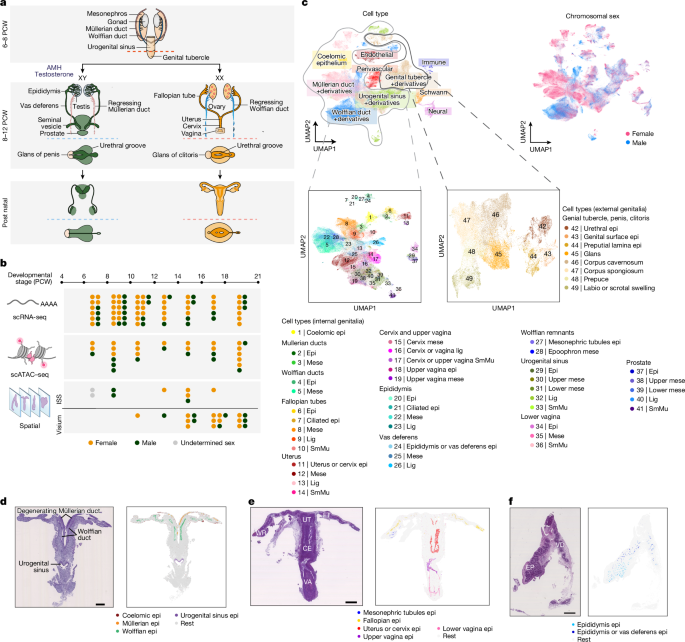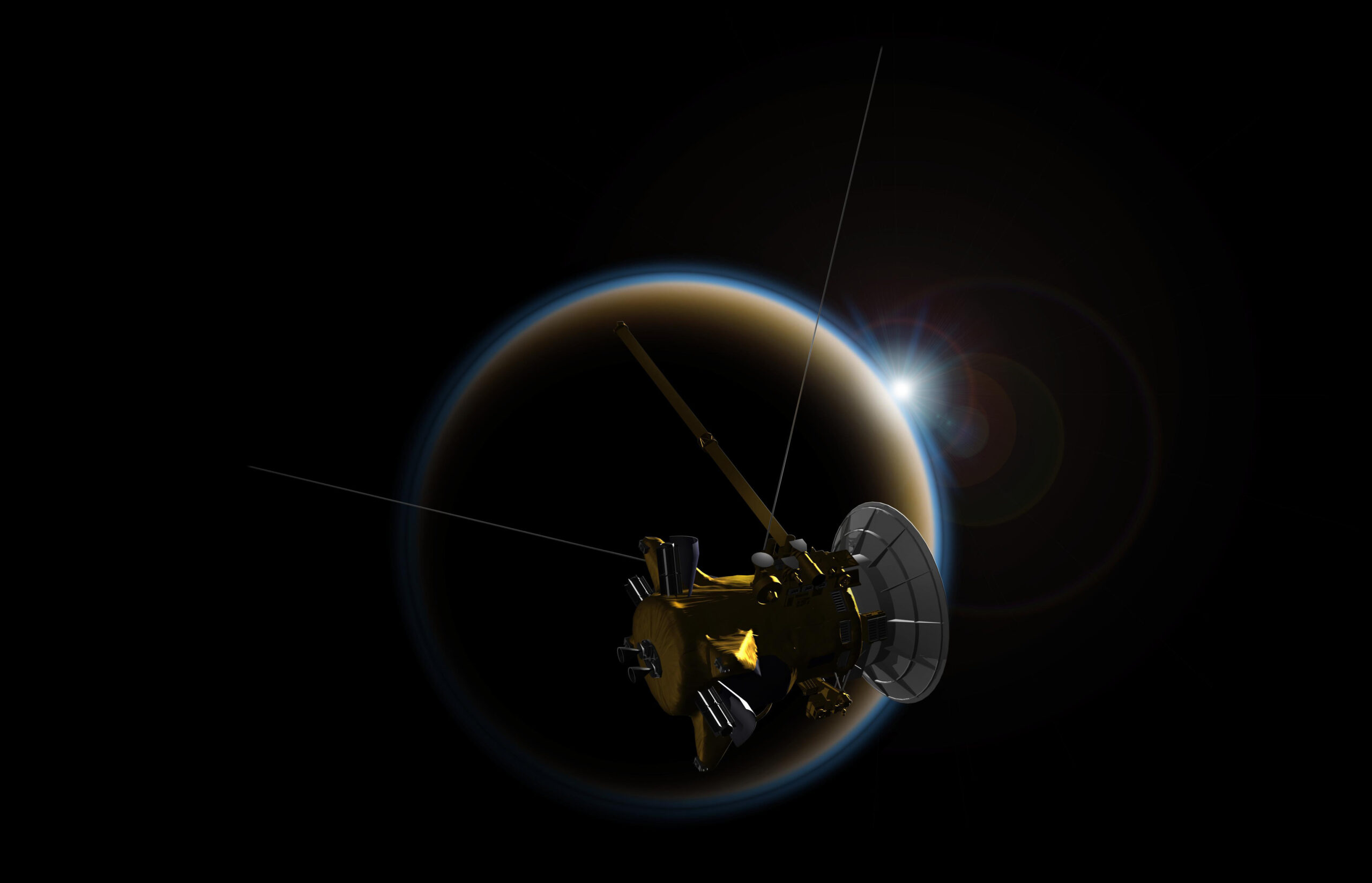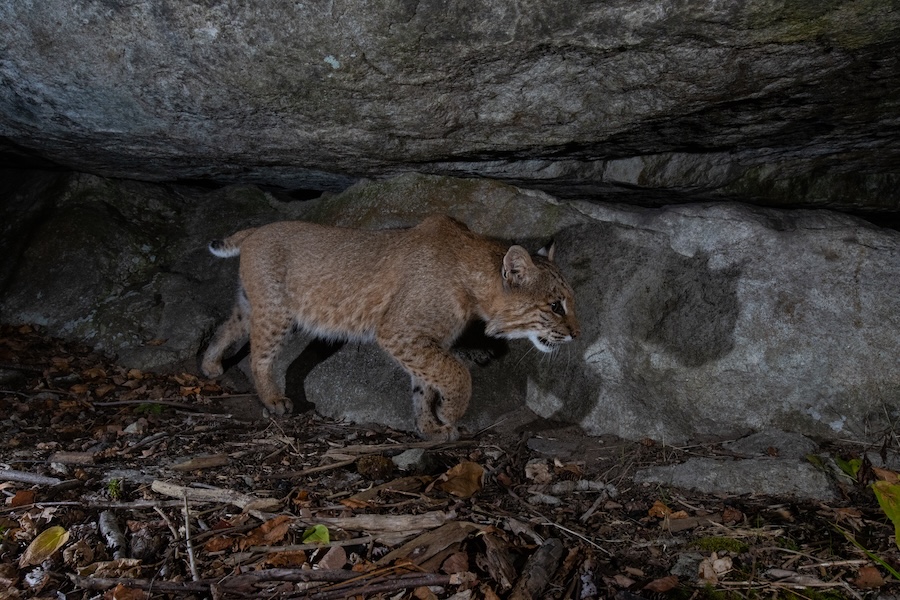Samples
Fetuses were obtained after voluntary terminations of pregnancy, which were performed either via medical or surgical procedures. The termination methods used did not compromise the integrity or morphology of the fetuses analysed in this…

Fetuses were obtained after voluntary terminations of pregnancy, which were performed either via medical or surgical procedures. The termination methods used did not compromise the integrity or morphology of the fetuses analysed in this…

Zhang, A., Sun, H., Wang, P., Han, Y. & Wang, X. Recent and potential developments of biofluid analyses in metabolomics. J. Proteomics 75, 1079–1088 (2012).
Google Scholar
…

A key discovery from NASA’s Cassini mission in 2008 was that Saturn’s largest moon Titan may have a vast water ocean below its hydrocarbon-rich surface. But reanalysis of mission data suggests a more complicated picture: Titan’s interior…

New data confirm that the titanic collisions of galaxies ignite the most powerful active galactic nuclei.
Active galactic nuclei (AGN) are phases in which supermassive black holes at the centre of galaxies actively feed on matter…

To remotely probe planets, moons, and asteroids, scientists study the radio frequency communications traveling back and forth between spacecraft and NASA’s Deep Space Network. It’s a multilayered process. Because a moon’s body may not have…

A global research team led by Rice University physicist Pengcheng Dai has verified the presence of emergent photons and fractionalized spin excitations in an unusual quantum spin liquid. Reported in Nature Physics, the work points to the crystal…

Animals help disperse seeds and spores for many plant and fungal species. This typically happens when animals eat the fruiting bodies of plants and fungi and pass seeds and spores through their digestive systems.
Mycorrhizal…

BYLINE: Jamie Oberdick
UNIVERSITY PARK, Pa. — When most people see a leafhopper in their backyard garden, they notice little more than a tiny green or striped insect flicking…

Astronomers have observed the longest gamma-ray burst — a powerful, extragalactic explosion that lasted more than seven hours. It was so extraordinary that several teams of scientists have been poring over a flood of…